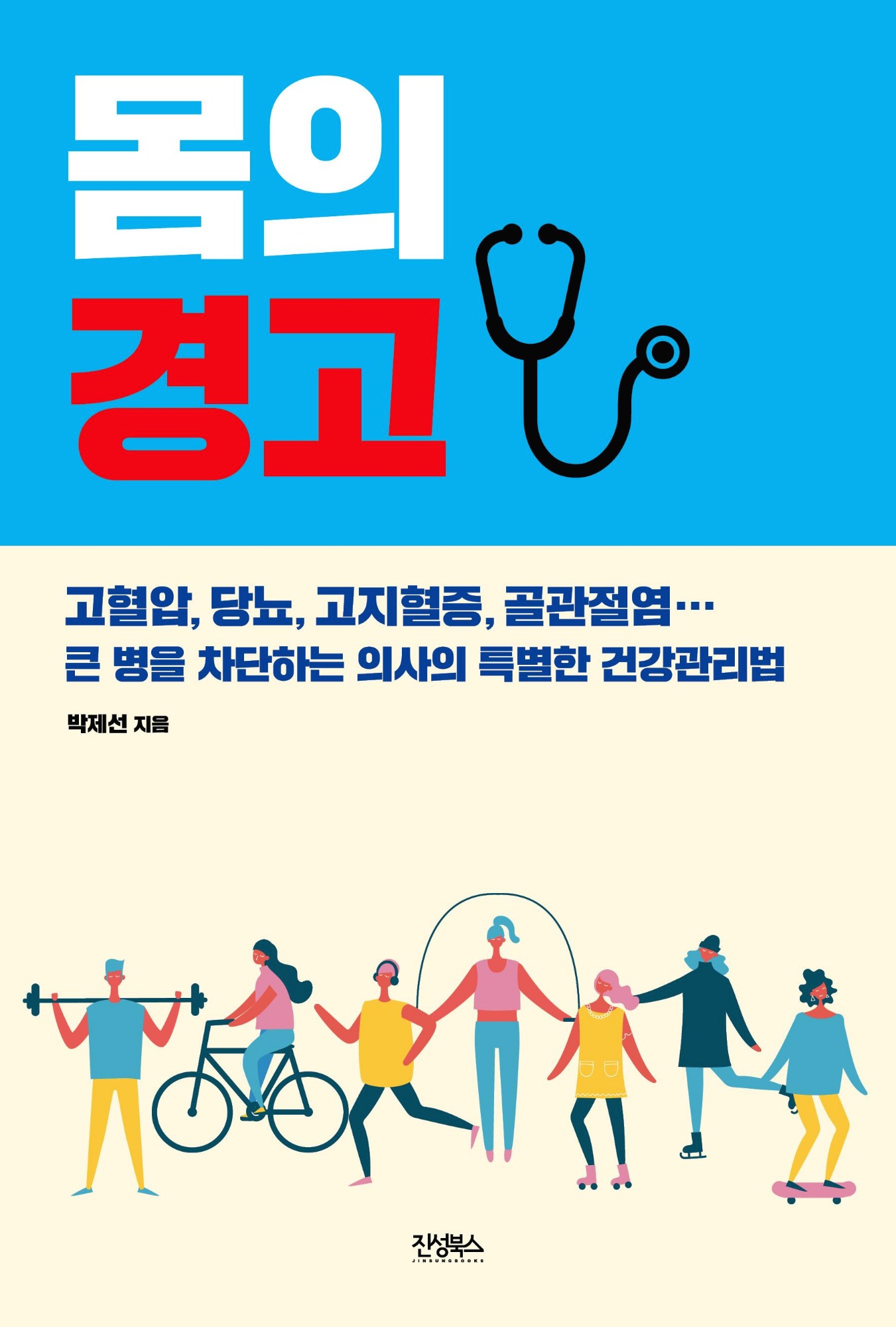미국에서 자궁경부암 백신 주사가 10대에서 효과를 거두고 있는 모양입니다. 2006년 이후로 미국 10대 청소년들의 HPV(인간유두종 바이러스) 감염을 약 50%나 낮추었다고 하네요. 생각했던 것보다 효과적이라는 말입니다~ 미국에서도 크게 확산되어 쓰고 있지는 않은 모양인데...이쯤 되면 HPV 백신이 조만간 한국 표준 예방접종표에 들어올지도 모르겠다는 생각이 드네요.

-----------------------
CDC: HPV Vaccine Is Lowering Infection Rates in Teen Girls
The prevalence of human papillomavirus (HPV) infections in adolescent girls in the United States has declined significantly since the human papillomavirus vaccine (Gardasil, Merck) was introduced in 2006, a new study by the Centers for Disease Control and Prevention (CDC) estimates.
The study, published online June 19 in the Journal of Infectious Diseases, reveals that vaccine-type HPV prevalence decreased 56% among female adolescents aged 14 to 19 years since 2006, despite relatively low immunization rates.
Only about half of all girls in the United States received the first dose of the HPV vaccine, the CDC said in a statement. A series of 3 shots is recommended over the course of 6 months. In contrast, countries such as Rwanda and Australia have vaccinated more than 80% of their teenaged girls.
About 79 million Americans, most in their late teens and early 20s, are infected with HPV. Each year, about 14 million people become newly infected.
"These results of this study showing that the types of HPV that commonly cause cervical cancer has dropped by about half in teen girls since 2006 are striking, better than we'd hoped for, and should be a wake-up call for us to increase vaccination rates," CDC Director Tom Frieden, MD, MPH, said during a telephone news conference. "We can protect the next generation of girls against cancer."
Dr. Frieden's reasons for low vaccination rates are complex. "Providers are not consistently giving strong recommendations for the vaccine and aren't encouraging vaccination at every encounter. These are missed opportunities. We need to do a better job of informing parents about the vaccine. Many say they don't think it is necessary because their child isn't sexually active," but physicians need to better explain that there is a need to vaccinate well before they get exposed, he added.
"Our low vaccination rates represent 50,000 preventable tragedies: 50,000 girls alive today will develop cervical cancer over their lifetime that would have been prevented if we reach 80% vaccination rates," he said. "For every year we delay in doing so, another 4400 girls will develop cervical cancer in their lifetimes."
Among females aged 14 to 19 years, the vaccine-type HPV prevalence (HPV-6, HPV-11, HPV-16, or HPV-18) decreased from 11.5% (95% confidence interval [CI], 9.2 % - 14.4%) in 2003 to 2006 to 5.1% (95% CI, 3.8% - 6.6%) in 2007 to 2010, a decline of 56% (95% CI, 38% - 69%). Among other age groups, the prevalence did not differ significantly between the 2 times (P > .05). The vaccine effectiveness of at least a single dose was 82% (95% CI, 53% - 93%). A total of 4150 women in 2003 to 2006 and 4253 women in 2007 to 2010 aged 14 to 59 years were included in the analysis.
According to CDC, each year in the United States, about 19,000 cancers caused by HPV occur in women, and cervical cancer is the most common. About 8000 cancers caused by HPV occur each year in men in the United States, and oropharyngeal cancers are the most common.
The Gardasil (Merck & Co) vaccine was introduced in 2006 to prevent cervical cancer caused by HPV types 6, 11, 16, and 18. A bivalent vaccine (Cervarix, GlaxoSmithKline Biologicals) was approved in 2009 to prevent cervical cancer and lesions caused by HPV types 16 and 18.
In 2011, the CDC recommended that the Gardasil vaccine be administered to boys. There are currently no estimates on how many boys have received the vaccine, said Lauri Markowitz, MD, an epidemiologist at the CDC and author of the study.
HPV vaccination is also recommended for older teenagers and young adults who were not vaccinated when younger.
J Infect Dis. Published online June 19, 2013. Abstract








